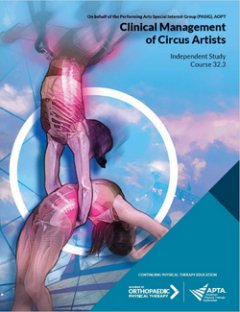32.3 - Clinical Management of Circus Artists
Course Description
We teach physical therapists how to treat circus artists and performers so they can grow their clinical practice.
This course provides a comprehensive review of circus arts in the United States and why an increasingly greater number of physical therapists may be called upon to evaluate and treat this growing population of artists. The authors discuss the various disciplines and apparatus used in circus arts, providing a background for the epidemiology and mechanism of injuries specific for various performers. The unique physical demands and characteristics of circus artists are discussed. A review of common circus injuries and associated risk factors, along with considerations of beliefs and conceptions artists have about injuries and health care, is also provided. In each monograph, the uniqueness of physical therapy care as it relates to the circus artists is highlighted. The course is complemented with extensive figures, videos, and case examples.
Try Before You Buy!
Course Overview
Course Format: Online with an option to purchase the print version
Contact Hours: 15 contact hours
State Approval: AOPT courses are accepted in all states plus the District of Columbia, as allowed by the type of course requirements in state regulations. A small number of states require APTA to seek pre-approval of courses. The approval codes for these states can be found here. Always check with your State Licensing Board to confirm contact hours offered.
View Full State Approval Information
You need to login to purchase this course. If you do not have an account, click on the box below and follow the instructions for creating an account.
Login or Create AccountPricing
| Online Only | Online + Hard Copy | |
|---|---|---|
| AOPT Member | $105 | $130 |
| Non-AOPT Member | $205 | $230 |
Course Objectives
- Describe the history and demographic trends of circus artist participation.
- Understand fundamental skills, apparatus, and musculoskeletal demands and typical physical modifications associated with participation in circus arts.
- Recognize various intrinsic and extrinsic factors that can contribute to injury risk in circus artists and the role of a physical therapist in addressing these risk factors.
- List common musculoskeletal conditions associated with participation in circus arts.
- Design a post-injury rehabilitation plan that integrates the circus artists' perceptions and needs into their injury management.
- Select tests and measures relevant to the demands of different circus disciplines to assess physical readiness prior to participation in or for return to training and performance.
Topics and Authors
- Circus 101: Features and Feats of Circus Bodies
Emily Scherb, PT, DPT; Heather Heineman, PT, DPT, OCS, WCS; Dawn Muci, DPT, SCS, ATC - Aerial Athletes: Flying, Hanging, Wrapping, Catching
Emily Scherb, PT, DPT; Heather Heineman, PT, DPT, OCS, WCS - Equilibrium, Propulsion, Impact, and Control: Landing the Skills to Treat Ground Acrobats
Dawn Muci, DPT, SCS, ATC; Stephanie Greenspan, PT, DPT, OCS, NCS

